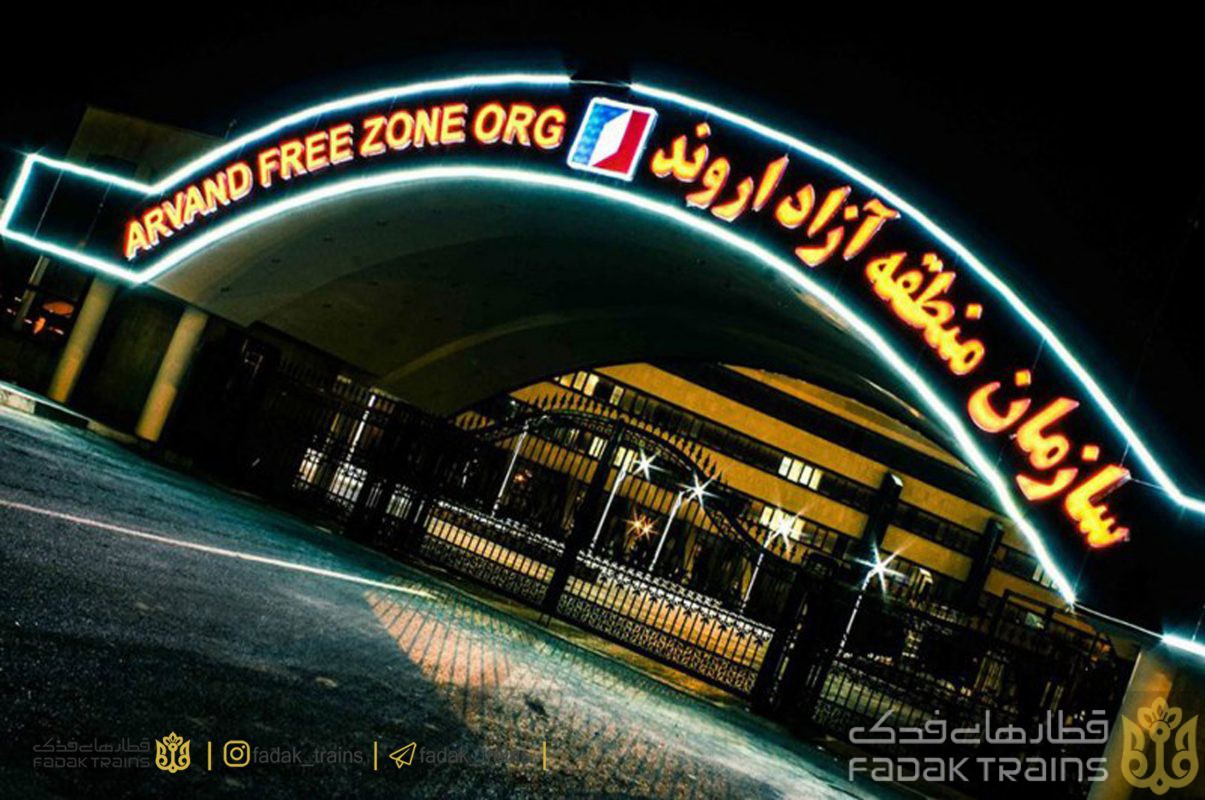A total of 3.6 million tons of non-oil goods worth $800 million were exported during the seven months to Oct. 21 from Shalamcheh border checkpoint and the ports of Khorramshahr and Abadan in Arvand Free Commercial-Industrial Zone in southwest Iran.
According to Ali Mousavi, an official with Arvand Free Zone Organization, major export commodities included seafood, minerals, fruit, vegetable, steel and construction materials, which were mainly exported to Iraq and Persian Gulf littoral states.
“During the month ending Oct. 21, non-oil exports from Arvand FTZ reached $183 million, of which $120 million were exported via Shalamcheh border. The figure shows a 200% rise compared with last year’s corresponding month,” Mousavi was quoted as saying by IRNA.
The Arvand zone is located on the northern tip of Persian Gulf and borders Khuzestan Province and the major cities of Khorramshahr and Abadan. The zone is spread across 8,600 hectares and includes administrative, tourism and commercial areas.
Nearly 3,800 hectares are designated for warehousing and shipping. The port boasts the deep waters of Bahmanshir, Karoun and Arvand rivers. Bordering Iraq and Kuwait, the free zone has excellent road, rail and air transit facilities that boost its connectivity.
Iran is home to seven free trade zones, namely Kish, Qeshm, Chabahar, Anzali, Maku, Aras and Arvand, as well as 64 special economic zones.
A total of around $50 million worth of foreign investment has been attracted to Arvand Free Zone since the current Iranian year began on March 20, according to the local official.
This year’s foreign investment in Arvand Free Zone shows a significant increase compared to $2 million during the same period of last year.
The free zone is of special significance, as it is in the neighborhood of Iraq and Kuwait.
Bordering Arvand River and beyond that southern Iraq, the FTZ has a unique proposition on offer. It has direct access to the Iraqi market.
Among all of Iran’s neighboring countries, Iraq is the largest market for Iranian products.
In 2004, the zone’s transformation from a rural to industrial and commercial region started. It was officially demarcated by 2005.


